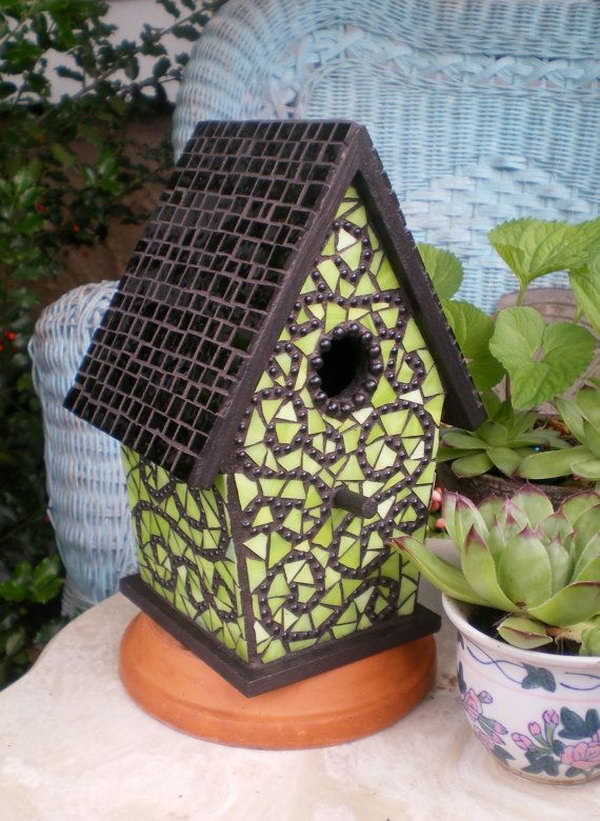

We used the trigger handle (one like this ) we’d bought to prime the built-in bookcase shelves, but hadn’t really used for that project. This stuff had a really strong odor, so I was glad we were doing it outside! Then we painted them with lacquer spray paint in glossy black. For surfaces like these with lots of nooks and crannies, spray primer gets great coverage. It was a pretty easy DIY that we did one weekend while we were working on a bunch of other painting projects.įirst, I sanded them lightly and wiped them down with a deglosser to rough up the surface. To emphasize their sculptural qualities, I decided to paint them a glossy black. The Baroque-like shapes provide a nice contrast to the modern lines of most of our furniture. Even though I was no longer in love with the color of the bookends, I still kind of liked their quirky design. These days, we are trying to reduce the amount of red in our house. I thought they were kind of funky, and at the time their red color went with my decor. I had picked up these random ornate wooden painted bookends at Marshall’s about a decade ago for about $5 each. That being said… we’ve still got a lot of books! Enough that we need some assistance to organize and arrange them in a pleasing manner. We want to use the valuable shelf space in our home as wisely as possible, and I know that if I get a hankering to re-read something I’ve given away or donated, I can usually find it again at the library. Nowadays I am a devoted library fan and get most of my reading material that way, instead of spending money to own more books.* So I’ve been purging a lot of my personal book collection and trying to keep only my most favoritest books of all time. (This is one of the reasons we love having a built-in bookcase!) I used to go on buying sprees in used bookstores, sometimes looking for something specific, sometimes finding gems while just idly browsing.īut in the past few years, I’ve rediscovered my old childhood friend, the library. Over the years, I’ve amassed a huge collection – old paperback science fiction, contemporary novels, classic art history textbooks from my college days, large coffee-table books on space and astronomy, a wide spectrum of non-fiction, books I’ve inherited from family, history books … it goes on and on. Attach felt feet to the bottom of the plaques to protect the countertops and finish.I am someone with a lot of books.Use long wood screws to attach (as many as you need to secure). Drill corresponding pilot holes into the bottom of the rolling pins.Mark where you would like the rolling pins to go and drill pilot holes in the base pieces.

Attach the two metal L-brackets to the bottom of each piece of the plaque using the screws.
#Diy bookends mod#
Then do a little light sanding of the edges and seal with another coat of Mod Podge for durability.


 0 kommentar(er)
0 kommentar(er)
